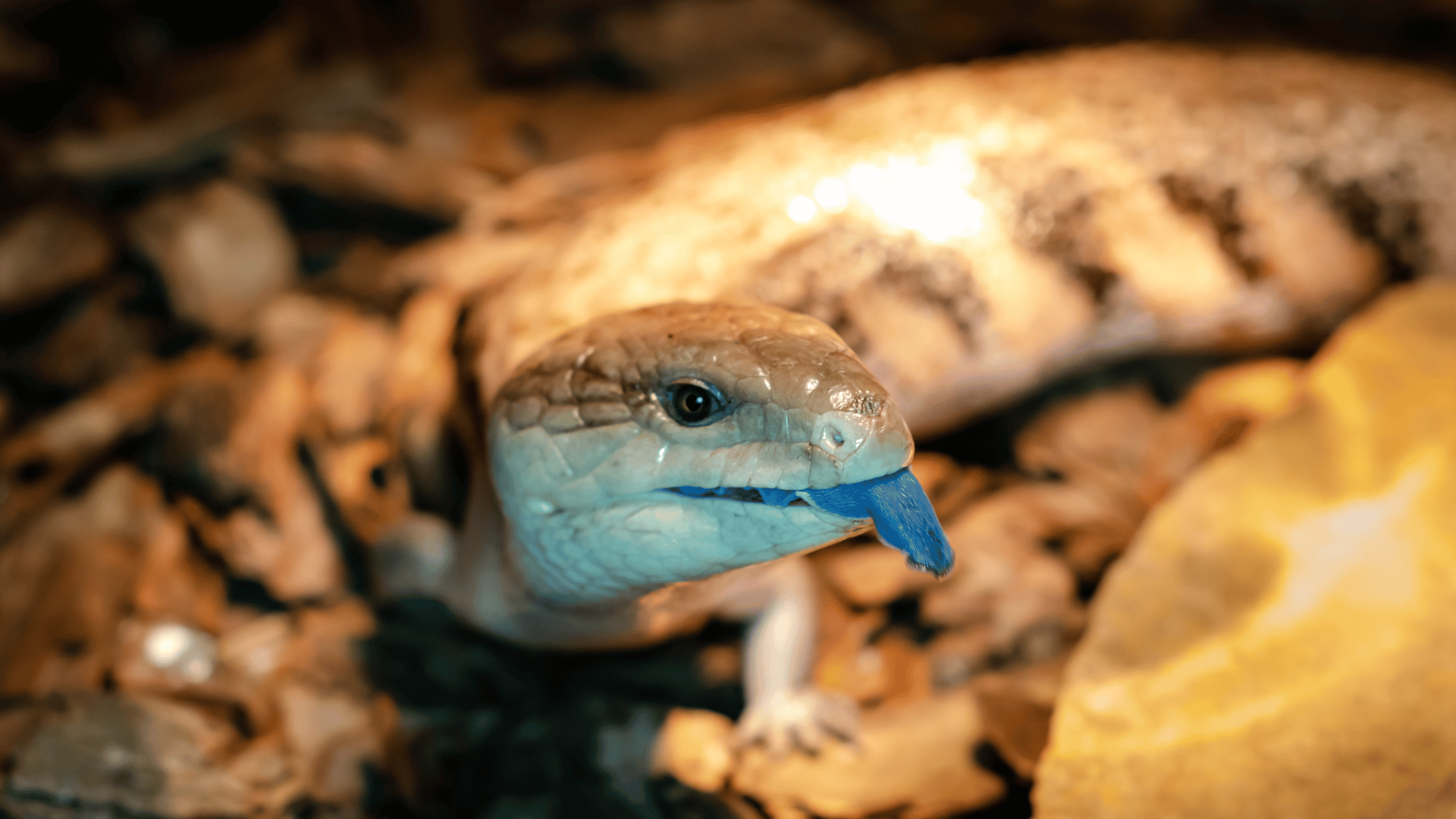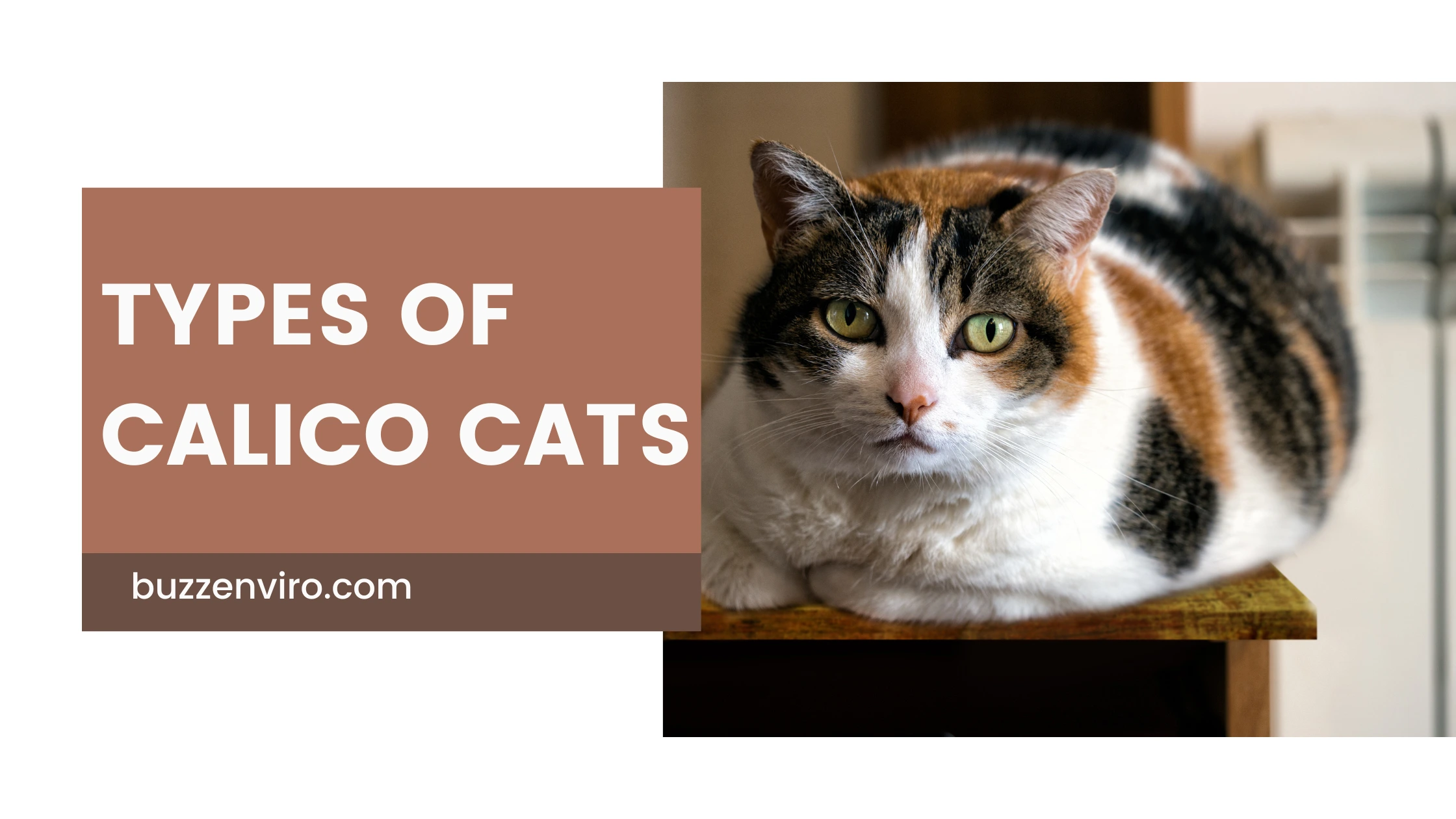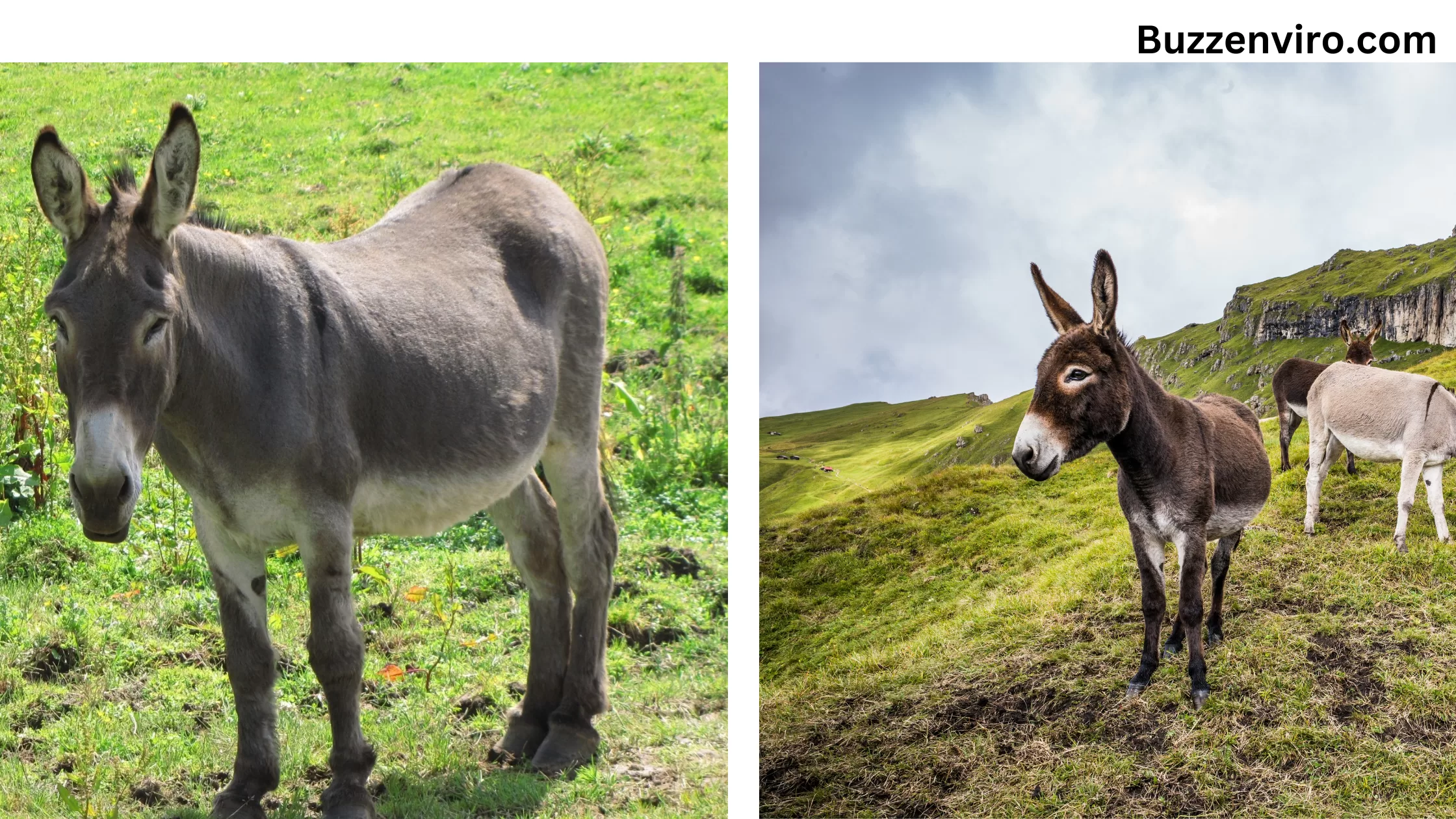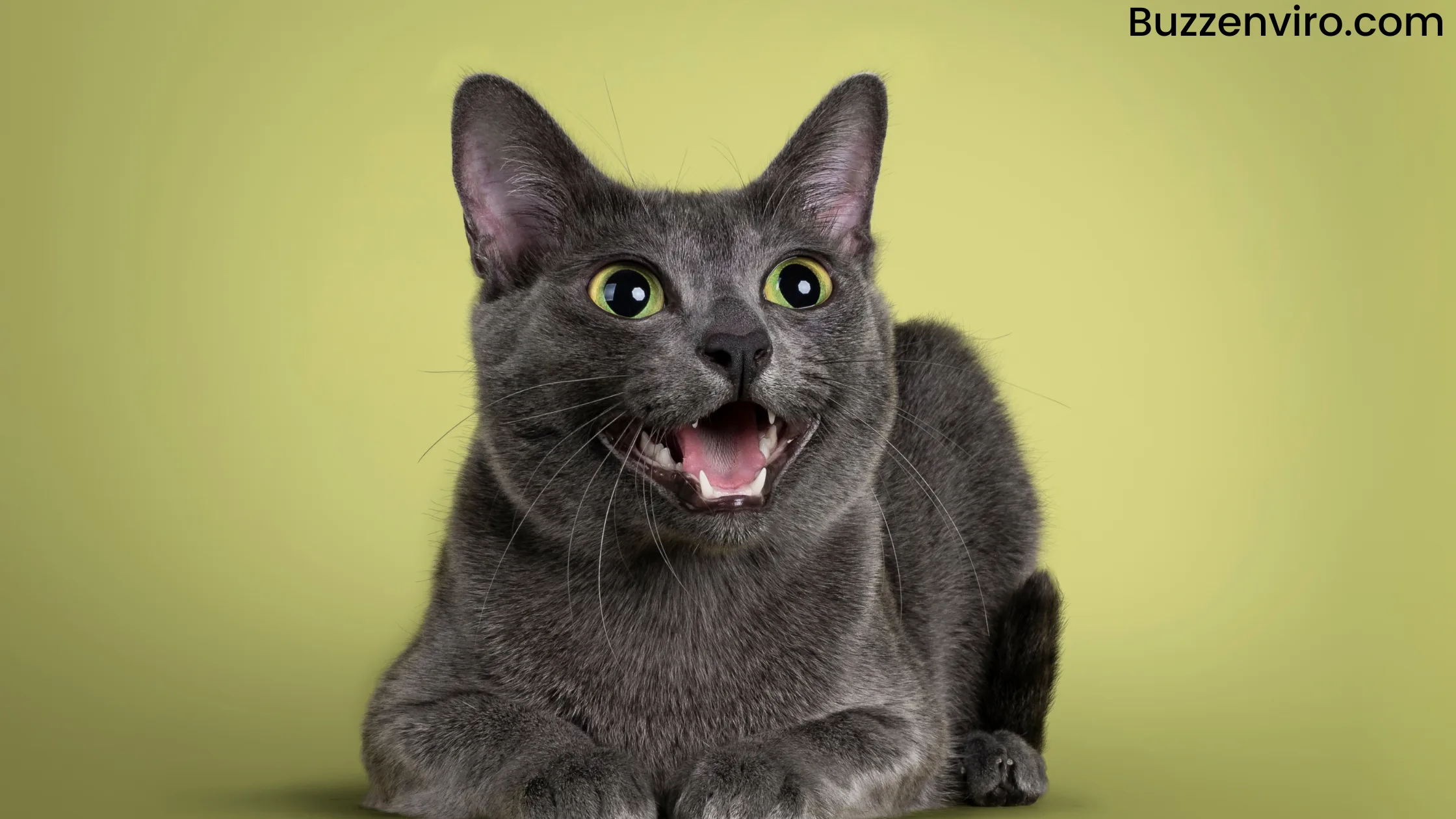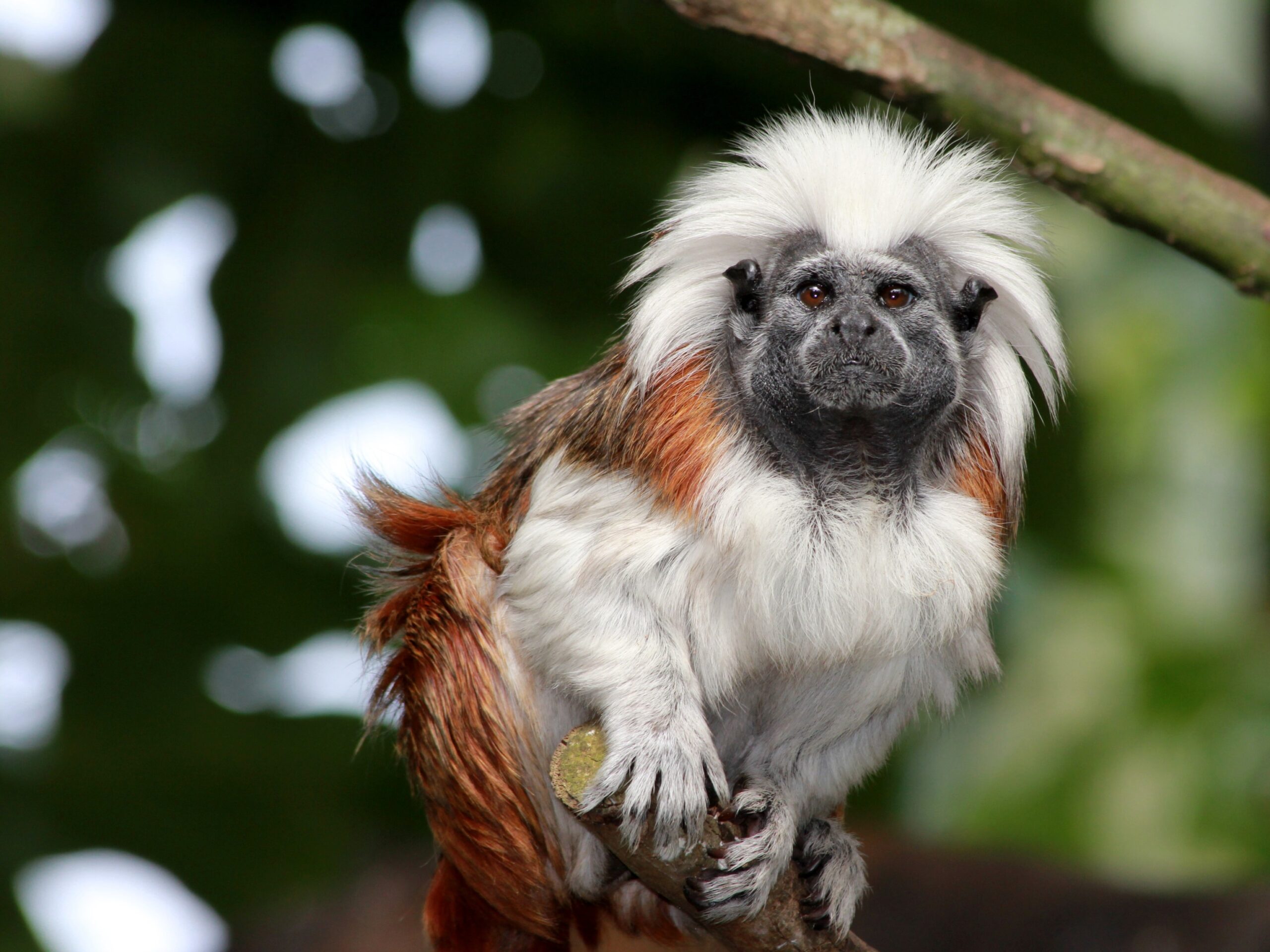Have you ever bitten into a lollipop shaped like a blue raspberry and ended up with a bright blue tongue? Now imagine having a permanently blue-colored tongue. It’s not clear why animals with blue tongues exist but there is one theory that suggests it might have something to do with predators. Here is a list of seven animals with blue tongues.
List of Animals with Blue Tongue
1. Chow Chow Dog

Chow-Chow dogs have a lion’s mane of fur and a black-and-white tongue. They’re sturdy and well-built, originating in China, and are characterized by their dignity, seriousness, and reticence (although that reticence is reserved for other people; their family will be forever devoted to them). Chow chows are also known for their high standards of cleanliness, similar to cats. They don’t have a bad doggy odor, and they’re easy to train and house-sit.
2. Blue Tongue Lizard

They are said to use their tongues to deter predators. The rest of their bodies are usually grey, brown, or cream. Blue-tongued skink Despite their intimidating blue tongues, these lizards aren’t very aggressive. They may fluff up their bodies when they’re excited, hiss at you, and even shed their tails.
3. Giraffe

Many people think giraffes use blue tongues to protect themselves from the sun’s harmful rays because they don’t get much sun above the trees, according to the Giraffe Conservation Foundation. Researchers think giraffes’ long tongues, which can be up to 20 inches long (50 centimeters), are made up of thick melanin pigments, which give them their dark color and act as natural sunscreens.
4. Pygmy Blue Tongue Lizard

The smallest of the blue tongue lizards (which includes the larger one mentioned above) is only six inches (15 centimeters) long. Pygmy blue tongue lizards are found in the Adelaide Plains in southern Australia, where they live in holes taken over by trapdoor spiders.
For the sake of completeness, the pygmy lizard does not have a blue tongue. Instead, the skin inside the mouth is blue. However, they are called “blue-tongues” because they share “important similarities” with the larger blue tongue species, including enlarged jaw muscles and crushed back teeth, a truncated tail and legs, as well as an elongated body.
5. Polar Bears

In a way, a polar bear’s tongue is like an extension of their skin. The skin is black and absorbs the sun’s heat. (Polar bears’ fur is transparent, meaning it looks white because of the way it reflects light.) There’s some controversy as to whether it’s black or blue on the tongue, but it’s dark. Toddlers have pink tongues that turn brown as they grow older.
6. Okapi

Okapi are related to giraffes, but they live exclusively in the dark and shady Ituri rainforest in the DRC. The okapi has a long dark-colored prehensile tongue that allows it to grasp and pull leaves and vines off branches for food. The tongue can be up to 14” (36 cm) long and is used to groom the okapi’s eyelids, and ears, and to repel insects. The color of the okapi is caused by melanin, which is a pigment that protects the skin from UV radiation.
7. Bob-Tailored Blue Tongued Lizard

The blue-toothed skink is a lizard that is native to Australia. Tiliqua r rugosa is another name for this species. The tail resembles the triangular head of the lizard, which is used to deceive predators. Inside the pink mouth is the bright blue tongue. The tongue appears brighter under ultraviolet light and can extend quickly to attract and repel birds.
